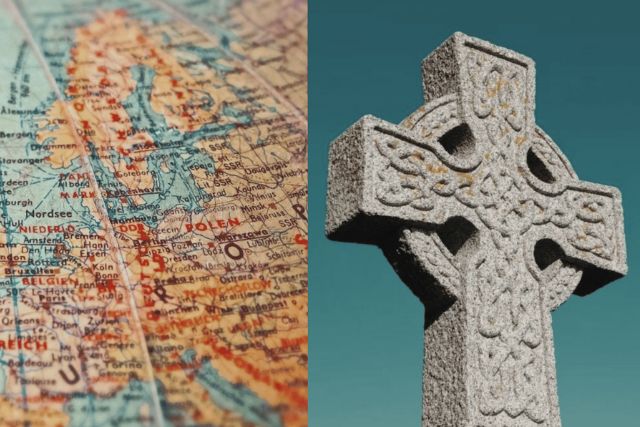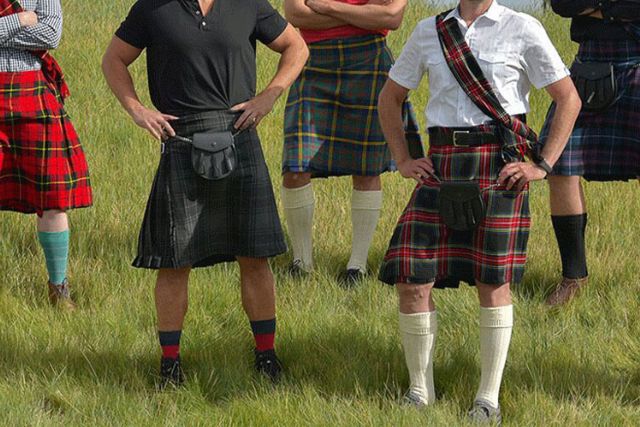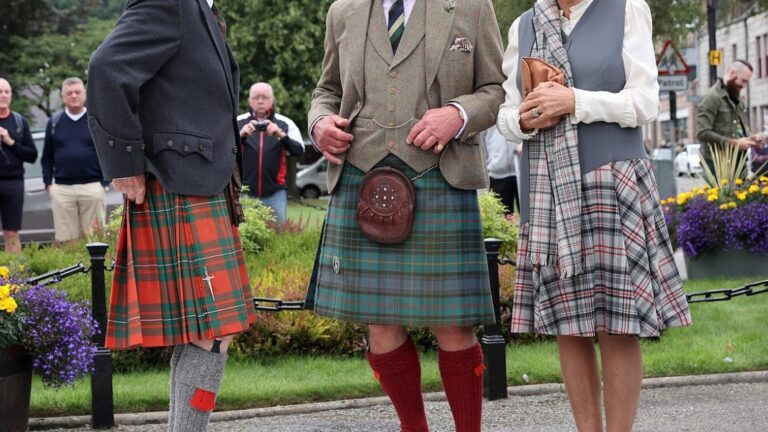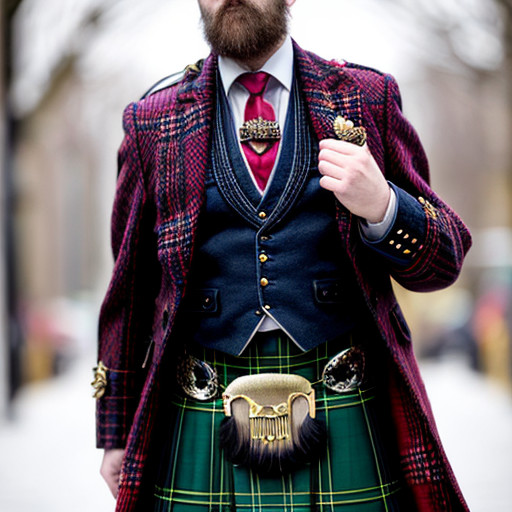Welcome to the enchanting world of Celtic Holidays. These fascinating celebrations revolve around the ancient Celtic calendar system, which divided the year into several significant holidays. From stunning spring equinoxes to captivating summer solstices, and mystical winter solstices, Gaelic Holidays are full of traditions and customs that have been passed down through generations.
In this article, we’ll explore the traditions and celebrations associated with Celtic Holidays, with a specific focus on the captivating Winter Solstice. We’ll uncover the spiritual significance of this event and see how it ties into the broader Celtic Holiday Wheel. We’ll also delve into the various Ancient Celtic Festivals, shed light on notable festivals in 2022 and 2023, and explore the pagan influences found within Celtic Holidays.
So join us on this journey as we dive deep into the fascinating world of Celtic Holidays, uncovering the rich history, traditions, and customs that make them so unique. Let’s start by exploring the Celtic Winter Solstice Traditions!

Understanding the Celtic Holiday Wheel
The Celtic people used a fascinating calendar system, known as the Celtic Holiday Wheel, which divided the year into several significant holidays and celebrations. Understanding this system is crucial in comprehending Celtic Yule traditions, various Celtic celebrations, and Irish pagan holidays.
The Celtic Holiday Wheel features eight main holidays, each with its significance, rituals, and symbolism:
| Holiday Name | Date | Significance |
|---|---|---|
| Samhain | October 31st – November 1st | The Celtic New Year, marking the end of the harvest season and the beginning of winter |
| Yule | December 21st – 23rd | The winter solstice, the longest night of the year, and the beginning of the solar year |
| Imbolc | February 1st – 2nd | The beginning of spring, celebrating new life and growth |
| Beltane | April 30th – May 1st | The start of summer, celebrating fertility, abundance, and growth |
| Summer Solstice | June 20th – 23rd | The longest day of the year, a time to celebrate the sun and its energy |
| Lughnasadh | August 1st – 2nd | The start of the harvest season, celebrating abundance and the fruits of labor |
| Mabon | September 20th – 23rd | The autumnal equinox, a time to give thanks and show gratitude for the harvest season |
| Samhain | October 31st – November 1st | The end of the harvest season and the beginning of winter, a time to honor the dead and ancestors |
Celtic Yule traditions and Celtic celebrations revolve around the winter solstice, the rebirth of the sun, and the return of light. During this period, the Celts celebrated with feasts, bonfires, and gift-giving. Irish pagan holidays, on the other hand, were associated with agricultural cycles and were meant to honor the gods of nature and fertility.
Understanding the Celtic Holiday Wheel and the underlying symbolism behind each holiday is crucial in comprehending the various Celtic traditions and celebrations that continue to influence modern-day culture.
Exploring Ancient Celtic Festivals
The Celts were a vibrant and culturally rich society with a plethora of festivals and holidays that were observed throughout the year. These festivals were an integral part of Celtic life and were often marked by feasting, dancing, and other communal celebrations.
Notable Festivals in 2023 and 2022
The year 2023 will feature a host of exciting festivals that will highlight the depth and richness of Celtic culture. One such festival is the Imbolc, which marks the start of spring and emphasizes the return of the sun. Imbolc is celebrated on February 1st and is steeped in ancient Celtic traditions and rituals.
The year 2022 featured an array of notable festivals, including the Lughnasadh, which is celebrated on August 1st and marked the beginning of the harvest season. This festival was dedicated to the god Lugh, who was associated with the sun, crafts, and skills.
| Year | Festival | Date | Significance |
|---|---|---|---|
| 2023 | Imbolc | February 1 | Welcoming the return of the sun and start of spring |
| 2022 | Lughnasadh | August 1 | Beginning of the harvest season |
These festivals were characterized by vibrant colors, delicious foods, and lively music. They were a celebration of life and a way to connect with the natural world around them.
The celebration of the ancient Celtic festivals continues to this day, with people from all over the world embracing and honoring these traditions. Whether it’s through music, food, or dance, the Celtic festivals are a way for us to connect with our ancestors and celebrate the rich cultural heritage of the Celts.
Historical Significance and Cultural Importance
Historically, the Celtic festivals were an important part of the agricultural calendar, marking seasonal changes and important periods in the farming year. For example, the festival of Beltane was celebrated on May 1st and marked the beginning of summer and the start of the farming season. The festival of Samhain, celebrated on October 31st, marked the end of the harvest season and the start of winter.
These festivals were also an opportunity for the Celts to honor their gods and goddesses, and to seek their blessings for the upcoming season. The festivals were often held at sacred sites, such as stone circles or hill forts, and involved elaborate rituals and offerings to the gods.
Celtic festivals played a vital role in Celtic society and were a way for people to connect with their community and their natural surroundings. They were a time for storytelling, music, and dancing, and provided a sense of belonging and identity for the Celtic people.
The celebration of the ancient Celtic festivals is a way for us to honor our ancestors and connect with the rich cultural heritage of the Celts. These festivals are a reminder of the deep connection between people and the natural world, and they continue to inspire and enrich our lives today.
Unveiling Celtic Solstice Traditions
The Celtic solstice traditions hold a significant place in the hearts of the Celts. These are an integral part of their ancient culture, and their traditions are still upheld and celebrated today. The Celtic solstice traditions revolve around two pivotal moments in the year: the winter solstice and the summer solstice. Both of these moments represent new beginnings, rebirth, and renewal.
Celtic New Year 2022
The Celtic New Year 2022 falls on November 1, which is celebrated as Samhain. This is a time when the Celts believe that the veil between the world of the living and the dead becomes thinner, allowing spirits to travel between the two worlds. The Celts believe that during Samhain, the dead return to the world of the living to reunite with their loved ones. It is a time of great celebration and remembrance.
Celtic Solstice Traditions
The winter solstice, which takes place on December 21, marks the longest night and the shortest day of the year. It is a time to welcome back the light and to celebrate the return of longer days. The Celts have a variety of traditions that are associated with this time of year. One of the most popular traditions is the burning of the Yule log. The Yule log is traditionally made of oak and burned to bring good luck and protection to the household for the coming year. The Celts also decorate their homes with evergreen boughs, which symbolize eternal life, and mistletoe, which is believed to bring good luck and fertility.
The summer solstice, which takes place on June 21, marks the longest day and the shortest night of the year. It is a time to celebrate the height of the summer and the power of the sun. The Celts have a variety of traditions that are associated with this time of year. One of the most popular traditions is the lighting of bonfires. The Celts believed that the fires would ward off evil spirits and bring good luck and protection to the community. The Celts also believed that the summer solstice was a time of great healing and fertility.
The Mystical Winter Solstice Traditions
The winter solstice, also known as Yule or Alban Arthan in Celtic traditions, marks the longest night and shortest day of the year. This celestial event has been celebrated for centuries by the Celts, and its impact can still be felt in Scottish holidays and traditions today.
During this time, the Celts believed that the veil between the worlds of the living and dead was at its thinnest, allowing them to communicate with their ancestors and other supernatural beings. They would gather around bonfires, share stories, sing songs, and indulge in feasts to honor their gods and goddesses.
The Oak King and the Holly King
One of the most intriguing Winter Solstice traditions observed by the Celts involves the Oak King and the Holly King. The Oak King represents the light and warmth of summer, while the Holly King represents the darkness and cold of winter. On the winter solstice, the two kings would engage in a symbolic battle, with the Holly King emerging victorious, signifying the beginning of winter.
This tradition showcases the importance of balance and the cyclical nature of life and the changing of the seasons.
The Feast of Alban Arthan
Another significant Winter Solstice tradition is the Feast of Alban Arthan, celebrated by the ancient Celts in Wales. This feast was held on the day of the winter solstice to signify the rebirth of the sun, the promise of longer days, and the return of light.
The feast typically involved a variety of offerings, including bread, mead, and seasonal fruits and vegetables. It was a time for the community to come together, share food, and celebrate the changing of the seasons.
The Winter Solstice Today
Today, the winter solstice continues to be celebrated by modern Pagans and those who embrace Celtic traditions. Many Scottish holidays and traditions, such as Hogmanay, are rooted in the winter solstice celebrations of the Celts.
The winter solstice also symbolizes hope and renewal, making it a time for reflection and setting intentions for the new year. Whether you participate in ancient Celtic traditions or simply pause to celebrate the changing of the seasons, the winter solstice offers us a chance to embrace the magic of the natural world and connect with our ancestors and the divine.
Unearthing Pagan Influences in Celtic Holidays
The Celtic Holiday Calendar is rich with spiritual traditions that have been passed down through generations. In 2023, there are several Celtic Pagan Holidays that illustrate the significance of the Winter Solstice Celtic Traditions. These celebrations have their roots in the ancient pagan belief system of the Celts.
During the Winter Solstice, the Celts believed that the veil between the living and the dead was at its thinnest. This belief is reflected in many Celtic Pagan Holidays, including the festival of Samhain and Imbolc.
| Celtic Pagan Holiday | Date |
|---|---|
| Samhain | October 31st |
| Imbolc | February 1st |
| Beltane | May 1st |
| Lughnasadh | August 1st |
These holidays were deeply connected to the natural world and the cycles of the seasons. They were marked by bonfires, feasting, and rituals that were believed to bring protection, fertility, and abundance.
“These pagan traditions continue to hold an important place in Celtic culture and are celebrated to this day.”
Many people who practice Celtic Paganism incorporate these ancient traditions into their daily lives. They pay homage to their ancestors, the natural world, and the cycles of life and death. The Winter Solstice Celtic Traditions, with their focus on rebirth and renewal, are particularly significant.
In conclusion, the Celtic Holiday Calendar is full of rich traditions that have their roots in ancient pagan beliefs. The Winter Solstice Celtic Traditions are just one example of the deep spiritual connections that the Celts had with the natural world. These traditions continue to hold an important place in Celtic culture and are celebrated to this day.
Celebrating Celtic Ceremonies and Rituals
Scotland is home to some of the most intriguing and enchanting Celtic pagan holidays and festivals. From Beltane to Samhain, the ancient Celts celebrated the changing of the seasons with vibrant ceremonies and rituals. Today, these traditions still hold strong, and many Scottish communities continue to observe these customs.
Celtic Pagan Festivals
One of the most significant Celtic pagan festivals is Imbolc, which is celebrated on February 1st. This festival marks the start of spring and is associated with the goddess Brigid. Imbolc is a time for new beginnings, and many Scottish communities celebrate this occasion with fire ceremonies and candlelit processions. Another major festival is Beltane, which celebrates the beginning of summer. Beltane is a time for fertility and is marked by feasting, dancing, and the exchange of flowers and gifts.
Scottish Pagan Holidays
The Celts observed four primary Scottish pagan holidays or “fire festivals,” and these celebrations aligned with the changing of the seasons. The first is Samhain, celebrated on November 1st, marking the end of the harvest season and the beginning of winter. The second is Imbolc, as mentioned earlier, followed by Beltane, which is celebrated on May 1st. The final festival is Lughnasadh, marking the start of the harvest season and the beginning of autumn. These festivals are significant and are deeply ingrained in Scottish culture.
“The Celts observed four primary Scottish pagan holidays or “fire festivals,” and these celebrations aligned with the changing of the seasons.”
Scottish Celtic Holidays
Scottish Celtic holidays include the traditional St. Andrew’s Day, celebrated on November 30th, which honors the patron saint of Scotland. Another significant Scottish Celtic holiday is Hogmanay, also known as New Year’s Eve, which is marked by the lighting of bonfires, fireworks, and dancing. Interestingly, many Scottish communities also celebrate Halloween or “All Hallows’ Eve,” which has Celtic origins and marks the beginning of winter.
Overall, Scottish pagan festivals and holidays are vibrant and meaningful celebrations that reflect the rich cultural heritage of Scotland. Whether marked by fire ceremonies or feasting, these traditions connect the past with the present and serve as a reminder of the importance of community, connection, and celebration.
Embracing the Pagan Tartan: Symbolism in Celtic Holidays
In Celtic holidays, the Pagan Tartan is a significant symbol that embodies the rich cultural heritage of the Celts. It is a plaid fabric that represented different clans and was used to identify one’s community. The Pagan Tartan exudes a powerful spiritual energy that inspires awe and reverence in those who behold it.
Celtic Pagan Holidays 2022 are approaching, and it is essential to understand the symbolism of the Pagan Tartan in the context of the celebrations. During this period, the Pagan Tartan is used to decorate altars, homes, and public spaces. It is a powerful emblem that represents the connection between the people and the divine.
The significance of Celtic Solstice Celebrations
The Celtic Solstice Celebrations revolve around the winter solstice, a time when the sun is at its lowest point in the sky, and darkness reigns supreme. The Celts believed that this was a time when the veil between the living and the dead was at its thinnest, allowing spiritual entities to roam free. The Pagan Tartan was used to protect individuals from these entities and to create a safe, sacred space for the community to come together.
Irish Winter Solstice Traditions
In Ireland, the Winter Solstice is a time for reflection and renewal. The Pagan Tartan is used in various forms of Celtic ritual and ceremony, including the creation of prayer flags and the weaving of wreaths. It serves as a powerful reminder of the infinite nature of the universe, and the interconnectedness of all things.
Whether you are celebrating Celtic Pagan Holidays 2022 or simply exploring the rich cultural heritage of the Celts, the Pagan Tartan is a symbol that cannot be ignored. It represents the enduring spirit of the Celts and serves as a reminder of the power of community and the beauty of the natural world.
As you embrace the Pagan Tartan and all that it represents, take a moment to reflect on your own connection to the divine. Remember that we are all part of a larger whole, and that together, we can create a better world for ourselves and future generations.
Final Words:
The Celtic solstice traditions are an integral part of the ancient Celtic culture and are still celebrated today. Whether it’s the celebration of the Celtic New Year in November, the burning of the Yule log in December, or the lighting of bonfires in June, these traditions represent new beginnings, rebirth, and renewal. The Celts have a deep respect for the natural world and the changing seasons, and their solstice traditions embody this respect and appreciation.



